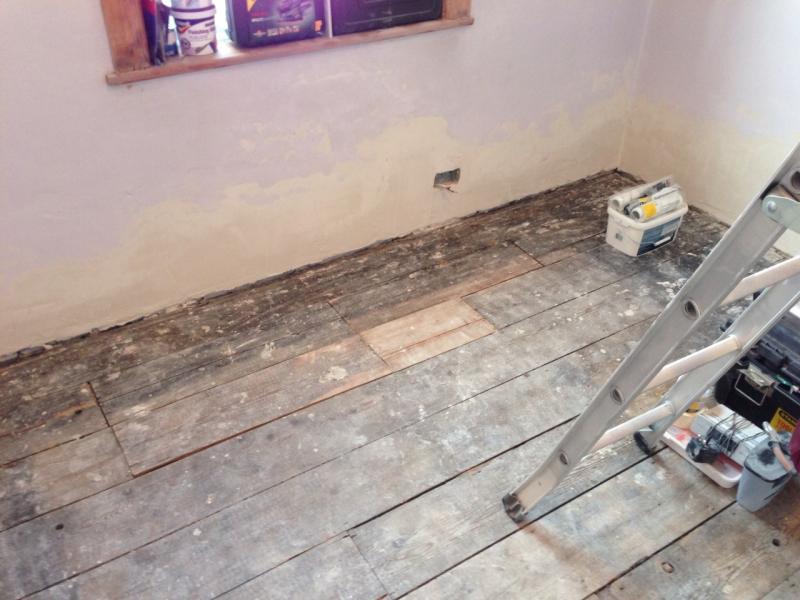Hi!
Long story short I have a little one on the way and am sorting out nursery. The house itself is well over 100yrs old. The room in question was pretty ugly, the skirting board looked like ugly planks of wood attached to the wall. I've basically gutted the room, however when removing the skirting I realised the plaster wasn't all the way down to the floor boards. There is a gap of around 5 inches from bottom of plaster to the floor boards. The skirting was fixed to these wooden chock things which had shirt vertical battens attacjed to them, which were in the wall at varying intervals replacing a brick. Due to the nails being old etc the chock bits pulled lumps of plaster off the wall whilst getting the skirting away.
My question is, what's the best way to finish this?
I am left with a five inch gap all the way round which goes up to around a foot gap in the places where there was a wooden chock thing.
I'm not a bad diyer but have no plastering experience. My current plan is to:
- Pva exposed brick
- use base plaster coat to fill out gap
- finish coat of plaster
- sand
- paint
However, should I plaster down to the boards? Or leave a gap? Any tips great fully appreciated. Pic to follow!!!!
Long story short I have a little one on the way and am sorting out nursery. The house itself is well over 100yrs old. The room in question was pretty ugly, the skirting board looked like ugly planks of wood attached to the wall. I've basically gutted the room, however when removing the skirting I realised the plaster wasn't all the way down to the floor boards. There is a gap of around 5 inches from bottom of plaster to the floor boards. The skirting was fixed to these wooden chock things which had shirt vertical battens attacjed to them, which were in the wall at varying intervals replacing a brick. Due to the nails being old etc the chock bits pulled lumps of plaster off the wall whilst getting the skirting away.
My question is, what's the best way to finish this?
I am left with a five inch gap all the way round which goes up to around a foot gap in the places where there was a wooden chock thing.
I'm not a bad diyer but have no plastering experience. My current plan is to:
- Pva exposed brick
- use base plaster coat to fill out gap
- finish coat of plaster
- sand
- paint
However, should I plaster down to the boards? Or leave a gap? Any tips great fully appreciated. Pic to follow!!!!




